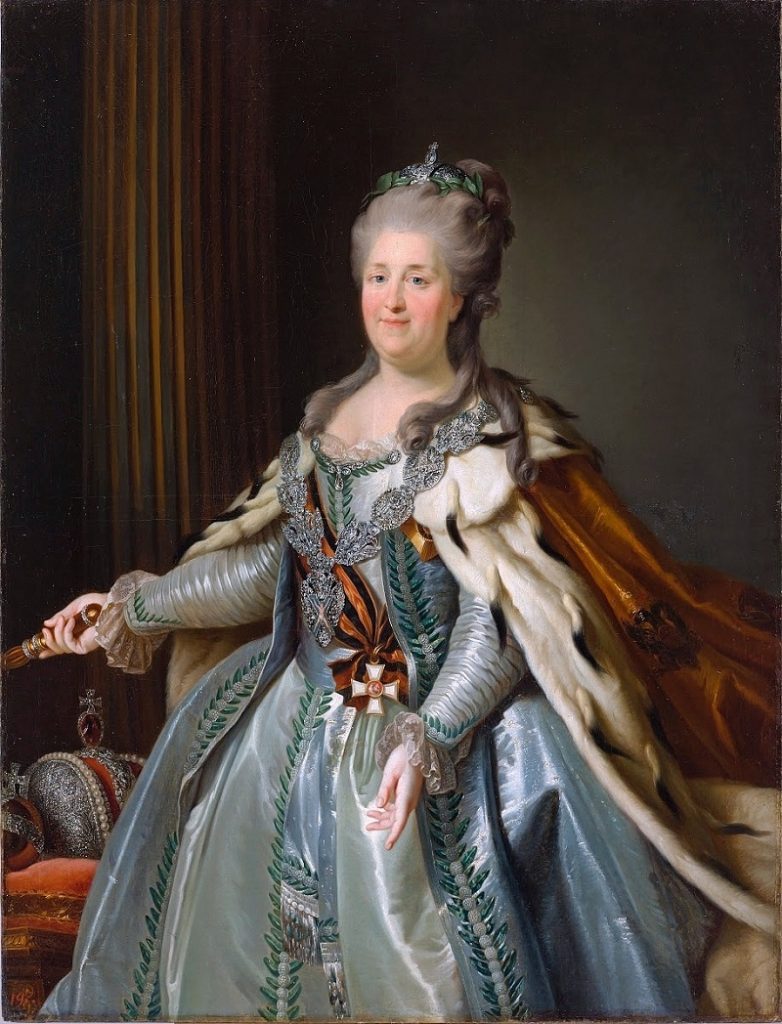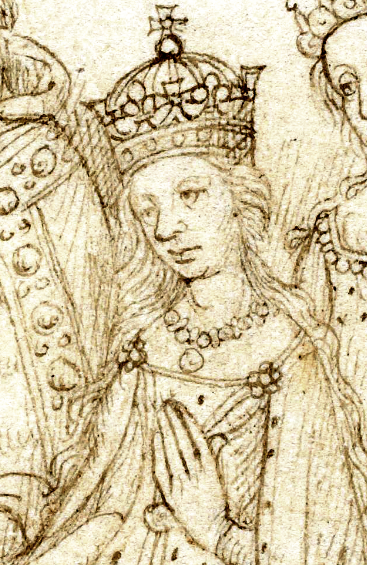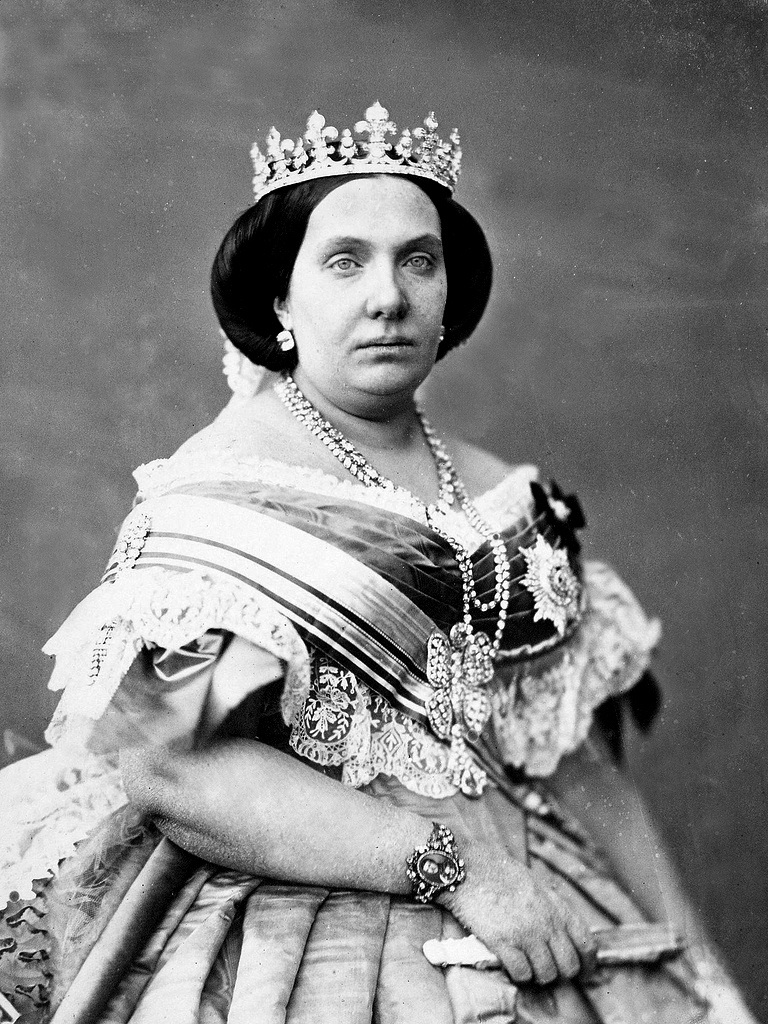Few figures in Russian history are as complex and intriguing as Alexei Grigorievich Bobrinsky (1762-1813).
Bobrinsky’s life, born as the clandestine illegitimate son of Empress Catherine the Great and her lover Count Grigory Orlov, was a testament to the unsettled nature of Russian politics and society during the 18th-century.
This article explores the intriguing life of Alexei Grigorievich Bobrinsky, delving into his beginnings, his ties with the Russian imperial family, and the enduring impact he made on Russian nobility.
Early Life and Birth
On April 11, 1762, Alexei Grigorievich Bobrinsky was born under unconventional circumstances. His birth was kept a secret because Catherine, who was still the Grand Duchess at the time, was trying to hide her pregnancy from her husband, the soon-to-be Emperor Peter III. In a surprising twist, Catherine’s faithful servant, Vasily Shkurin, set his own house on fire to distract the court and provide Catherine with the privacy she needed to deliver her child.
Initially, young Alexei was brought up away from the imperial court under Vasily Shkurin’s care. This unconventional arrangement for a royal child was crucial to shield Catherine and her illegitimate son from possible scandal and political repercussions.
Childhood and Education
Alexei was educated as a nobleman, despite the mystery surrounding his birth. His tutoring covered languages, sciences, and arts, with a special focus on agriculture and astronomy. Nevertheless, the truth about his lineage was kept under wraps, with only a handful of individuals in the upper echelons of the Russian Empire being privy to such confidential information.
In 1774, when Alexei was 12 years old, he was dispatched to Leipzig, Germany for his studies, along with Shkurin’s sons. His education in Europe widened his perspectives and introduced him to the Enlightenment ideas that were rapidly spreading across the continent.
Alexei Grigorievich Bobrinsky’s Relationship with Catherine the Great
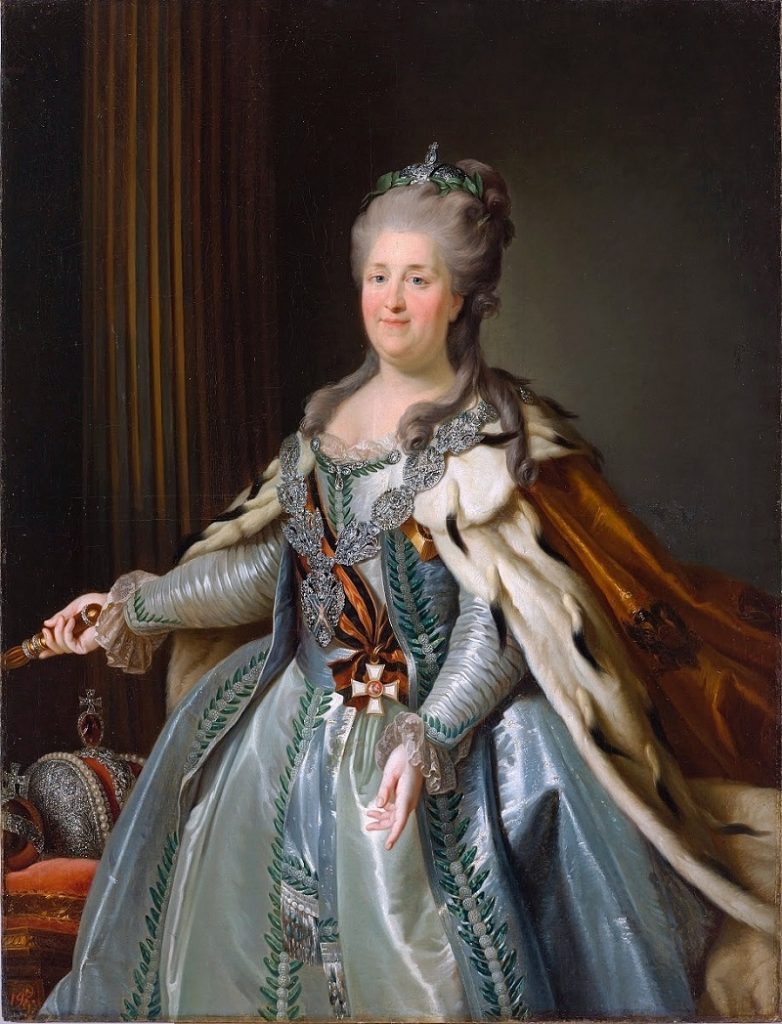
The relationship between Catherine and her covertly born son was intricate and frequently distant. To safeguard her status and reputation, she kept herself distant for several years. However, on April 2, 1781, Catherine acknowledged her motherhood towards Alexei in a letter, granting him the last name “Bobrinsky,” taken from her Bobriki estate located in Tula Province.
Although she recognized this, Catherine still maintained a distance between Alexei and the imperial court. She ensured his financial needs were met, but his luxurious lifestyle and escalating debts frequently frustrated her.
Life as a Nobleman
After his official recognition, Alexei Grigorievich Bobrinsky undertook a number of trips throughout Europe. These voyages, though enlightening, also introduced him to the excesses of the European aristocracy. Bobrinsky became known for his fondness for gambling, exquisite wines, and extravagant parties, frequently accumulating considerable debts that his mother had to pay off.
In 1796, Bobrinsky tied the knot with Baroness Anna Dorothea von Ungern-Sternberg (1769-1846), a marriage that added some stability to his existence. They were blessed with three kids:
- Maria Alexeyevna Bobrinsky (1798-1835)
- Alexei Alexeyevich Bobrinsky (1800-1868)
- Paul Alexeyevich Bobrinsky (1801-1830)
Relationship with Emperor Paul I
The death of Catherine the Great in 1796 marked a significant turning point in Bobrinsky’s life. His half-brother, now Emperor Paul I, welcomed him warmly to the court. On the fifth day of his reign, Paul officially recognized Bobrinsky as a Count of the Russian Empire and promoted him to the rank of Major General.
This era marked the pinnacle of Bobrinsky’s social and political standing. He became a constant presence at the imperial court, relishing the perks and obligations associated with his newly acquired status.
Legacy and Influence
In his twilight years, Alexei Grigorievich Bobrinsky withdrew from the hustle and bustle of court life and chose to reside in Bogoroditsk, Tula Province. During this period, he devoted his time to enhancing agricultural practices and pursuing scientific interests, specifically in the realms of astronomy and geography.
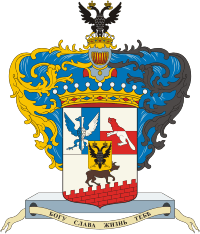
Bobrinsky’s most notable contribution was through his son, Alexei Alexeyevich Bobrinsky, who was a trailblazer in the Russian sugar industry. The younger Bobrinsky set up one of the first sugar refineries in Russia, playing a significant role in the country’s economic growth.
Throughout the 19th century, the Bobrinsky family continued to hold significant positions in Russian society. Some of their notable descendants include:
- From 1869 to 1871, Vladimir Alexeyevich Bobrinsky (1824-1898) served as the Minister of Transportation.
- Prominent archaeologist and chairman of the Imperial Archaeological Commission, Alexei Alexandrovich Bobrinsky (1852-1927).
The Bobrinsky Palace
The Bobrinsky Palace, a majestic structure situated among Russia’s architectural marvels, is a testament to the grandeur and prestige of the Bobrinsky lineage. It is more than just a physical building of bricks and mortar; it symbolizes the legacy of Alexei Grigorievich Bobrinsky and the distinguished family he fathered.
Constructed in the heart of St. Petersburg, the Bobrinsky Palace is a marvel of 18th-century Russian architecture. With its ornate facades, sprawling gardens, and opulent interiors, the palace stands as a symbol of the wealth and influence wielded by the Bobrinsky family. Every corner of the palace, from its grand ballrooms to its intimate chambers, echoes tales of diplomatic gatherings, lavish parties, and the daily lives of one of Russia’s most prominent noble families.

Despite this, the importance of the Bobrinsky Palace isn’t limited to its architectural magnificence. It acts as a storehouse of recollections and history, documenting the lives and accomplishments of the Bobrinsky family. Inside its confines, one can follow the journey of Alexei Grigorievich Bobrinsky, from his beginnings as the unrecognized son of Catherine the Great to his eventual acknowledgment as a respected nobleman.
The Bobrinsky Palace has also been a silent observer of Russia’s shifting historical currents. It remained a steadfast, though ever-changing, landmark in the Russian terrain, from the lavishness of the imperial age to the turmoil of revolutions. Its durability, akin to that of the Bobrinsky family, serves as a tribute to its lasting heritage.
The Bobrinsky Palace today isn’t merely an architectural wonder, but a shining symbol of Russian heritage. It attracts tourists worldwide, who are keen to explore the world of Alexei Grigorievich Bobrinsky and the lineage he embodied. As visitors traverse its passageways, they are whisked away to a time characterized by nobility, mystery, and unmatched splendor, a period where the ‘Bobrinsky’ name held paramount significance.
Cultural Impact and Modern Relevance
The tale of Alexei Grigorievich Bobrinsky has held historians and the general public in thrall. His life has spawned countless books, articles, and even stage shows. The blend of regal intrigue, clandestine births, and ultimate acknowledgement creates an engrossing story that still captivates audiences in the present day.
The Bobrinsky name still holds significance in contemporary Russia. Even though the family’s noble designations were dissolved after the Russian Revolution, descendants of Alexei Grigorievich Bobrinsky are spread out across Europe and North America, many of them having made a name for themselves in different sectors.
Conclusion
The life of Alexei Grigorievich Bobrinsky is akin to a novel, replete with unexpected developments and historical importance. Starting from his clandestine birth as the offspring of a powerful Russian monarch, to his ultimate acknowledgement and elevation to nobility, Bobrinsky’s narrative offers an unparalleled insight into the intricacies of the Russian aristocracy during the 18th and 19th centuries.
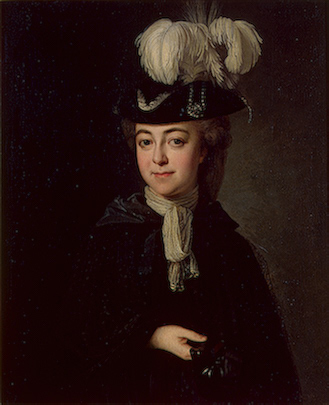
Both through his personal actions and the deeds of his descendants, Alexei Grigorievich Bobrinsky has created a lasting legacy in Russian history. The contributions of the Bobrinsky family to agriculture, industry, and culture are still acknowledged and researched today, certifying that the Bobrinsky name continues to be a crucial component of Russia’s diverse historical fabric.
References
- Massie, R. K. (2011). Catherine the Great: Portrait of a Woman. London: Random House UK.
- A detailed biography of Catherine the Great offers insights into her relationships, including her relationship with Grigory Orlov and the birth of Alexei.
- Montefiore, S. S. (2016). The Romanovs: 1613-1918. London: Weidenfeld & Nicolson.
- This is a comprehensive investigation of the Romanov dynasty, delving into the lives of pivotal characters such as Alexei Grigorievich Bobrinsky.
- Rounding, V. (2006). Catherine the Great: Love, Sex, and Power. New York: St. Martin’s Press.
- This source provides an in-depth exploration of Catherine the Great’s personal life, particularly focusing on her relationship with Grigory Orlov and the subsequent birth of their child, Alexei.
- Russian State Archives. Various documents and correspondences related to Alexei Grigorievich Bobrinsky and the Bobrinsky family.
- Primary sources provide insight into the life and era of Alexei Grigorievich Bobrinsky and his successors.
This article strives to offer a precise, thoroughly researched, and exhaustive narrative of Alexei Grigorievich Bobrinsky’s life and legacy, drawing from credible sources.

